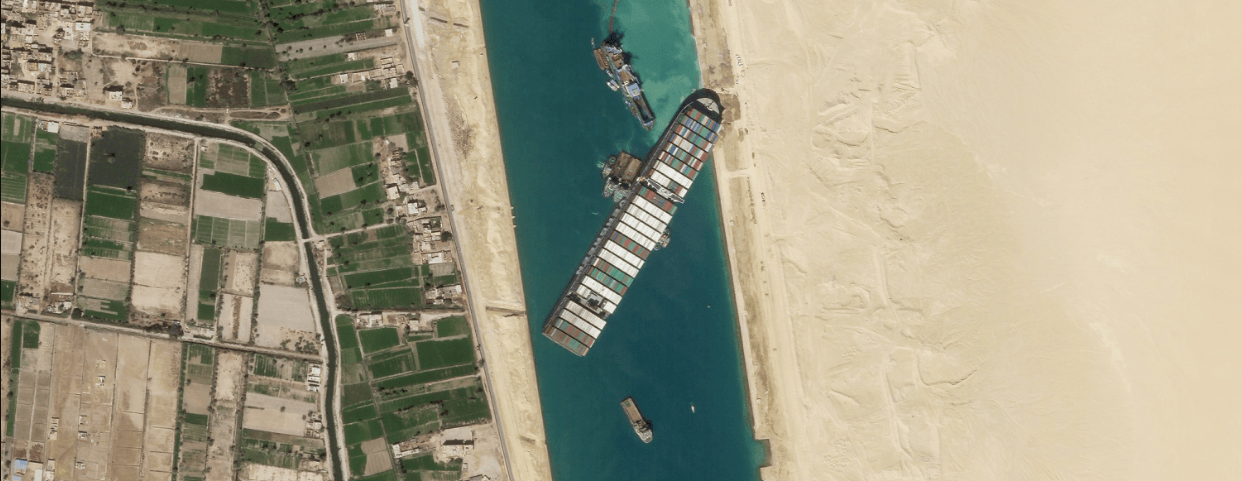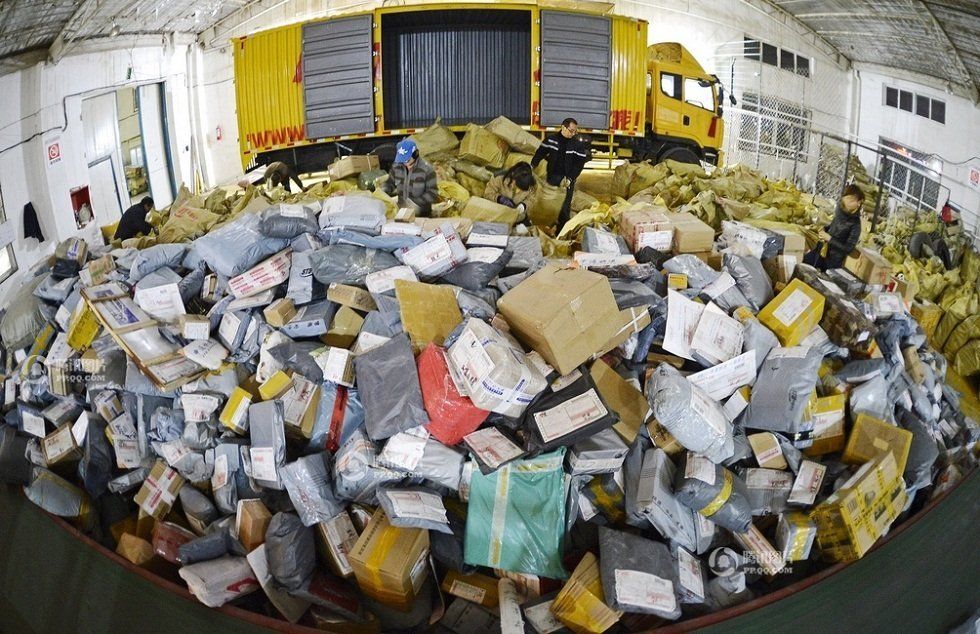Share
Improving End to End Supply Chain Visibility
What problem is Bolster solving?
At Bolster we are on a mission to improve end to end supply chain visibility through integrating disparate data streams to drive efficiencies in terms of capacity, cost, time in transit, and carbon output. Over the past several months, we have had the opportunity to interview dozens of professionals spanning the domain from manufacturing, warehouse management, and transportation/logistics. These sessions have been critical as we have worked on unpacking the overloaded term "supply chain" and eventually identifying the need most commonly cited by executives as "real-time end to end visibility (RTE2EV)."
Why is a lack of supply chain visibility problematic?
Previously the scope of an enterprise executive's responsibilities assumed an availability of scalable "stuff" as a service, thereby allowing them to optimise purely for customer demand, with a thin appreciation for available supply. The disruptions to the global supply chain at the end of 2021 have compelled e-commerce swollen retail and manufacturing enterprises to reevaluate their grasp of the supply side of this equation. On further inspection, they have found that information on supply-side dynamics is generally opaque or unavailable relative to the wealth of data and insight at their disposal regarding customer demand. Answering questions like "will I have enough inventory next month?" or "am I paying too much for freight?" has become exceptionally difficult to answer given constant and cascading challenges.

How do we use data to solve for RTE2EV
Borrowing from Bolster’s roots in national security, first we clearly define the “customer” of our analytical query, which in this case is the customer of our RTE2EV solution, who is seeking increased visibility over their supply chain. In terms of “capability,” we focus on the shipping container as our unit of analysis (as opposed to persons, companies, vehicles, etc.), and seek to understand its lifecycle as closely as possible. This is important since a thorough and networked understanding of a thing is the surest way to predict how it will behave (ie how much it will cost and how long it will take to move from A to B), especially in relation to our customer. In our case, we identified three primary data sources that illustrate the journey of our container:
- Ship Tracking Data - The longest component of a typical container journey
- Terminal Tracking Data - Often variable duration spent in terminal loading yards
- Trucking Data - Last mile delivery to distribution and manufacturing facilities
Upon stringing these three datasets together, we can visualise the end to end journey of the container (capability) between its source (manufacturer), and its destination (customer) via various "modes" (e.g. trucks, ships, planes, and trains). This gives us a previously unprecedented view of the container's lifecycle related to the import of goods and fits the bill for RTE2EV. In this blog post, we will discuss our technique for gathering rich, high volume data from the ground freight leg of this journey through integration with vehicle telematics APIs.
What is telematics data, and why is it in high demand?
Although definitions vary, vehicle telematics typically includes streaming data points collected by sensors attached to the vehicle, such as engine temperature, location, time, tire pressure, etc. These data are generally relayed in near real-time to a cloud-based API endpoint, which may then store, transform, and/or analyse them in ways that drive business efficiencies. Some examples of ways that this rich data source may be leveraged to drive business value include:
- Predictive Maintenance - Business users may aspire to improve vehicle performance, driver safety, and parts inventory efficiency based on the number of miles travelled or imminent failure indicators like increased engine temperature or reduced tire pressure.
- Fleet Management - Data like fuel consumption/status, load status, and capacity can inform vehicles' optimal use and routing so that costs (e.g. fuel, driver time, etc.) and time (transit, unloading, etc.) may be optimised more efficiently. Knowing the real-time status of these high-value assets is critical to improving their utilisation.
- Business Process Automation - Transportation and logistics (T&L) is a critical component of the overall supply chain picture, and the use of telematics data for process automation is nearly limitless. Simple logic like sending an SMS message when a shipment is delayed or prompting a driver to slow down in inclement weather can generate cascading business value.

Why is telematics hard to get and how does Bolster get it?
Given the emerging value of telematics data for a host of applications including the ones mentioned, many telematics companies and their customers are reticent to share these data for fear that they will lose competitive advantage, expose unexpectedly sensitive data, and/or that they don’t have the requisite technical expertise to do so. This resistance to sharing these valuable datasets with 3rd party tech startups like Bolster limits potential for innovation, and reduces the potential for leveraging it for unexpected and outsized business value.

Bolster solves this chicken/egg challenge by using a free simulation environment called Euro Truck Simulator 2, which allows us to generate highly realistic telematics data to train our machine learning models. Rather than crashing actual vehicles to understand the telematics signatures that precede each crash, we can simulate these data to allow us to build models without incurring massive costs. Simply jump in the truck, specify the nature of your load/route, and start driving to generate vast amounts of the data that powers forecasting. This allows us to do the leg work around characterising what a crash looks like (e.g. rapid deceleration) or terrain features that increase fuel/mainintenece costs (e.g. steep grades + high temperatures). These exercises help our customers realise the potential of more effectively leveraging these data and improve their willingness to share and experiment with these critical data.
Looking to get more value from your telematics investments?
Suppose your company operates in shipping, trucking, farming, flight, or defence. In that case, Bolster has a telematics simulation environment that can help you understand the art of the possible and how this data can integrate with your organisational goals. Whether you have an idea for cold-chain assurance or proactive driver safety, Bolster can help you bring your concept to reality before incurring the costs associated with bringing your idea into real life. Bolster can help you source, wrangle, store, analyse, and operationalise these data to meet your organisational goals, and get more bang for your buck.
Interested in using our Telematics simulator or talking about your telematics idea? Get in touch.
Share: